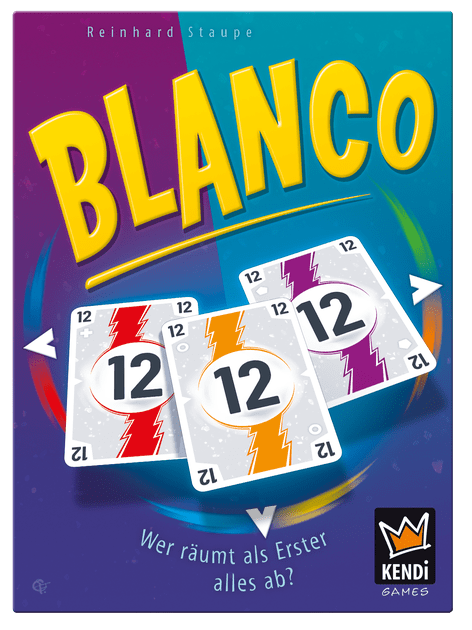SMOOSH JUICE
Place Gazebos on Patios, Claim Sweets with Ants, and Draw Four Long Wavy Lines | BoardGameGeek News

▪️ German publisher KENDi has extended its line of tiny games with two new titles in Q1 2025.
Reinhard Staupe‘s 2-5 player card game Blanco sounds like yet another take on the golf-style games prevalent on the market, but instead of shooting for a low score, you need to clear your board — twice:
On a turn, draw a card from the deck or discard pile, then either (1) discard a card and reveal a face-down card in your grid or (2) discard a grid card and replace it with a face-up card from your hand. Alternatively, instead of drawing a card, you can swap two orthogonally adjacent cards, turning one of them face up, if possible.
If all cards in a vertical column now have the same color, clear that column; if all cards in a horizontal row now have the same number, clear that row. Whenever you clear a row, you may look at one of your face-down cards. If you manage to have a chain reaction — clearing two lines on the same turn — you may turn over one of your face-down cards.
As soon as you have cleared your 3×3 grid, deal yourself a new face-down 4×3 grid, then turn one card face up and look at another. Whoever first clears their 4×3 grid wins.
▪️ The second KENDi title is Linyo, a 2-6 player roll-and-write game from Steffen and Florian Benndorf with a goal that sounds (in the abstract) like the goal of every roll-and-write game: Fill as much your game board as you can. Here’s how:
On a turn, the active player rolls the four dice; if all dice show the same color, they can set three dice to the colors of their choice, but otherwise the dice lay untouched. Each player must then start one line (from a circle) or extend one line, passing through at least two squares that match the colors rolled. If the line hits a star, a player can extend that line one additional space.
If a player cannot extend a line by at least two spaces, they must cancel a line with an X. Additionally, they must X any line that cannot be extended. When one player has Xed all of their lines, the game ends, and whoever has marked off the most spaces wins.
▪️ Should you care for other highly portable games, Bitewing Games is launching its Travel Line in 2025, with a crowdfunding campaign in late April 2025 for two travel-friendly games: Robert Hovakimyan‘s Gingham and Reiner Knizia‘s Gazebo.
Here’s an overview of the 2-4 player Gingham:
Gingham is a tricky game of confection connection. In this cardless game inspired by trick taking, players position their queens around the gingham picnic blanket and deploy their ants to connect sweets and claim the stockpiles they create.
The lead player determines which edge of the playing area all players must play on each round. Everyone then places their queen next to a row on this edge, then deploys an ant into the row where they place their queen. The catch is that you cannot deploy your ant beyond the stitch in the blanket, and the rows closer to the star at the end of the row offer fewer options. That said, whoever places their queen closest to the star becomes the leader of the next round and places their queen next to a row on any other edge of the playing area; players take turns in order of the queens in the previous row. Do you opt for a better turn order position for next round or more flexibility for ant placement this round?
By connecting matching sweet tokens with a line of your ants and by surrounding and claiming stockpiles, players score points. Sweet tokens are stacked atop one another after connecting, with sugar cubes being left behind; place next to a sugar cube to claim it as they can be spent on powerful abilities. Stretch your ants across the blanket, and grab the biggest piles of sweets to prove your pint-sized royalty!
The cloth game board is double-sided to adjust the size of the playing area in a two-player game.
▪️ Gazebo is a new edition of 2012’s Qin, which was published by eggertspiele. In two posts, Bitewing’s Nick Murray details how he overcame his first so-so assessment of Qin in order to propose changes to Knizia for a new edition, then how Knizia updated this design that he calls “one of my top 10 designs ever”.
Here are the basics of gameplay:
In Gazebo, players take turns placing premium dominos on the shared garden map to establish nooks — that is, two or more contiguous terrain spaces of the same type: flower, foliage, or water. When a player creates a nook, they place one of their gazebos on top of it, and by connecting their nook to a patio, they can claim the patio and place a gazebo on it.
But not all is peaceful in this game of garden landscaping. Larger nooks can absorb smaller nooks, and patios can be stolen by cunning rivals. The first player to place all of their gazebos on the board wins!
Check out Murray’s overview of how Gazebo differs from Qin for more game board images.
▪️ Ryan Courtney‘s Trailblazers: Travel Edition will retroactively (and unofficially) become title #0 in Bitewing’s Travel Line, and it will be joined by Robert Hovakimyan’s Bombastic in Q4 2025:
On your turn, either:
• Show three tiles in a row. If they are yours, you win! If you show the bomb — BOOM! You lose! If you show any of your opponent’s tiles, then you give them helpful information (whoops), but the tiles are placed back face down, and the game keeps going.
• Use one of two available action cards to help you peek at and rearrange tiles, staying one step ahead of your rival.

/pic8794189.png)
/pic8794190.png)
/pic8731362.png)
/pic8731361.png)
/pic8756025.jpg)
/pic8828764.jpg)
/pic8737114.png)
/pic8828769.png)